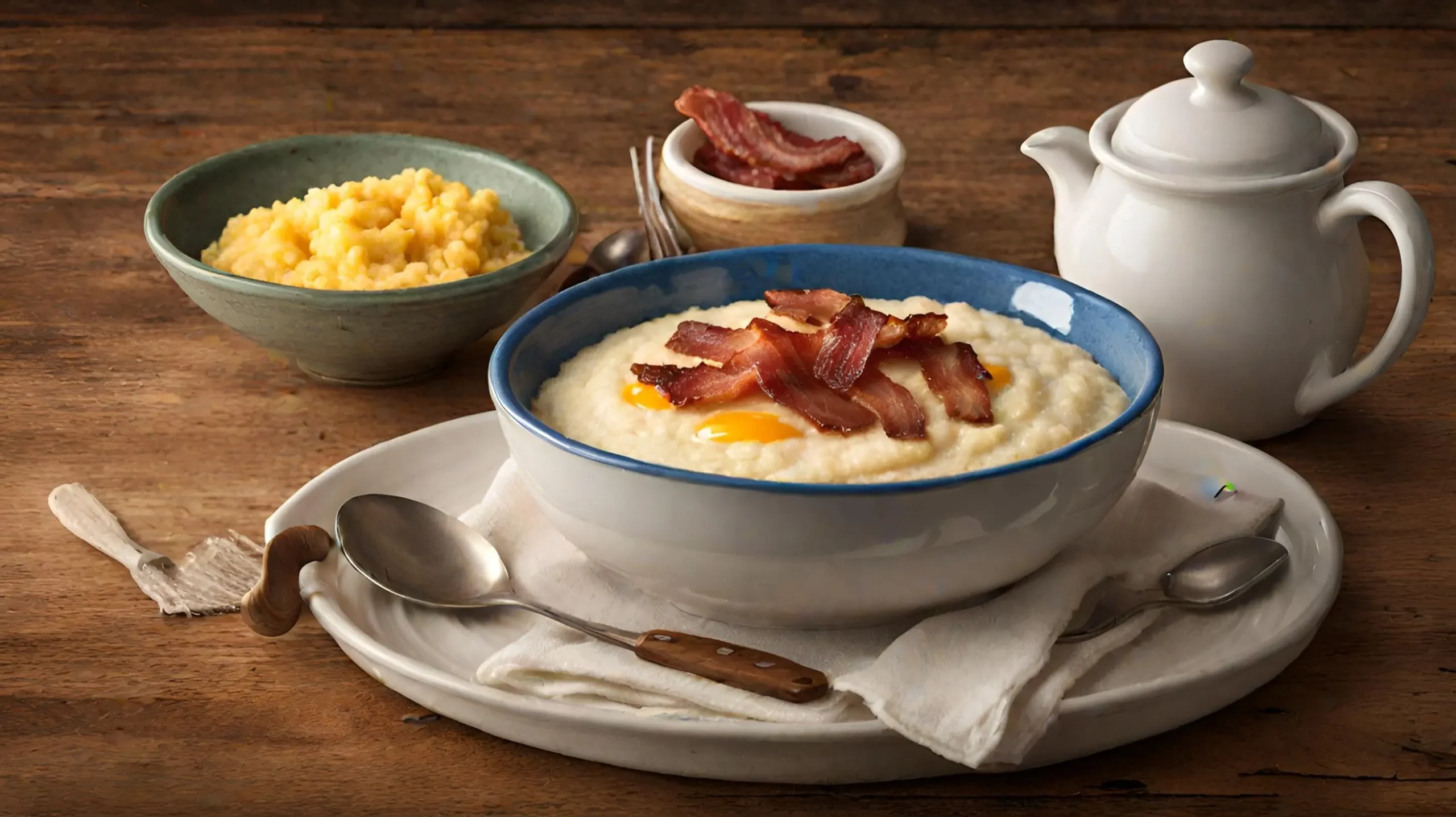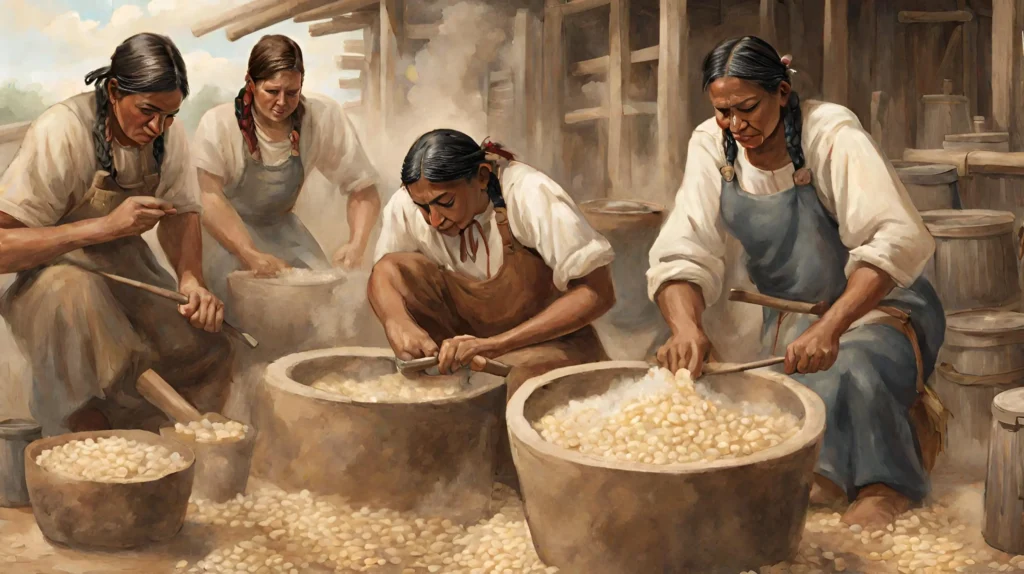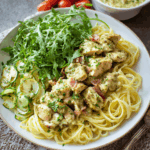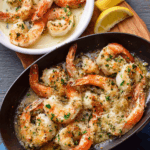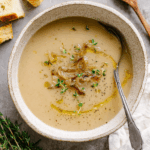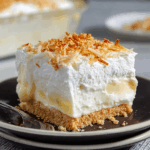Quick grits, a staple in many kitchens, offer versatility and ease of preparation that have made them a beloved dish far beyond their Southern roots. This quick grits recipe guide delves into the world of this ground-corn food, originally of Native American origin, now a popular breakfast and comfort food across various cuisines. From their simple yet satisfying nature to their rich history and diverse types, quick grits provide a canvas for culinary creativity suitable for any meal.
Definition and Popularity
Grits, a ground-corn food of Native American origin, are traditionally a breakfast dish in the Southern United States. Quick grits, specifically, are processed to reduce cooking time, offering a convenient yet delicious option for a hearty meal. Their popularity stems from their simplicity and the comforting texture they bring to the table.
Brief History of Grits
The history of grits dates back to the Native Americans, who introduced the ground corn dish to European settlers. Over time, grits became a symbol of Southern hospitality and comfort. The introduction of quick grits revolutionized this traditional food, making it accessible to those with a fast-paced lifestyle without compromising on taste.
Types of Grits and Their Differences
Grits come in various forms, each offering a unique texture and cooking time. Understanding these differences is key to mastering the perfect grits dish.
Quick Grits vs. Stone-Ground Grits
- Quick Grits: These are the most accessible type of grits. Processed to reduce cooking time, quick grits are pre-cooked and dried before being ground. They cook within 5 to 10 minutes, making them a convenient choice for a quick meal.
- Stone-Ground Grits: These are the traditional form of grits. Made from whole dried corn kernels ground between stone mills, they retain more corn flavor and texture. Stone-ground grits take longer to cook, typically about 45 minutes to an hour, but their rich flavor and creamy texture are often considered superior.
Instant Grits: What Sets Them Apart
- Instant Grits: These are the fastest cooking option. Instant grits are pre-cooked and dehydrated, requiring only a brief rehydration with hot water or milk. While they offer the utmost convenience, they often lack the depth of flavor and texture found in quick or stone-ground grits.
Essential Ingredients for Quick Grits Recipe
Creating the perfect quick grits dish starts with understanding and selecting the right ingredients. Here’s a breakdown of what you’ll need and why each component is crucial.
Overview of Key Ingredients
- Quick-Cooking Grits: The star of the dish, these grits are specially processed for a shorter cooking time.
- Water or Broth: The liquid base that cooks the grits; water is standard, but broth can add extra flavor.
- Milk: Adds creaminess to the grits, enhancing their texture.
- Butter: Infuses richness and a velvety texture.
- Salt: Essential for flavor enhancement.
Importance of Each Ingredient
- Quick-Cooking Grits: They provide the desired texture and are the foundation of the dish.
- Liquid Base: Water is the traditional choice, but using broth can introduce a new flavor dimension.
- Milk: It’s not just about creaminess; milk contributes to the overall mouthfeel of the grits.
- Butter: A key to richness, butter makes the grits indulgent and smooth.
- Salt: It’s crucial for bringing out the natural flavors of the grits and other ingredients.
Substitutions and Variations
- For a Vegan Option: Use plant-based milk and butter substitutes.
- For Added Flavor: Consider using chicken, vegetable, or beef broth instead of water.
- For Dietary Restrictions: Opt for low-fat milk or lactose-free alternatives.
Understanding these ingredients and their roles allows you to make informed choices when preparing your quick grits, ensuring a delicious outcome every time.
Step-by-Step Cooking Guide for Quick Grits Recipe
Mastering the art of cooking quick grits is easy with this detailed guide. Follow these steps to ensure a perfectly creamy and flavorful dish.
Preparing the Ingredients
- Measure the Grits and Liquids: For every cup of quick grits, use about 4 cups of liquid (water, milk, or a combination of both).
- Select Your Add-Ins: Prepare any additional ingredients like cheese, butter, or spices.
Detailed Cooking Process
- Boil the Liquid: In a medium saucepan, bring the water (or broth) and milk to a boil. Add a pinch of salt.
- Add the Grits: Slowly whisk in the quick grits to avoid lumps.
- Reduce Heat and Simmer: Lower the heat to a simmer and continue to stir occasionally. This prevents the grits from sticking to the bottom of the pan.
- Cook Until Creamy: Cook for about 5 to 10 minutes until the grits are thick and creamy.
- Add Butter and Cheese (Optional): Stir in butter for richness. If you’re making cheese grits, add the cheese at this stage and stir until melted and combined.
Tips for Achieving the Perfect Texture
- Consistent Stirring: Regular stirring is crucial for a smooth texture and to prevent lumps.
- Adjust Liquid as Needed: If the grits are too thick, add a bit more liquid. For thicker grits, cook a little longer.
- Taste and Season: Don’t forget to taste your grits as they cook. Adjust the seasoning with salt and pepper as needed.
Cooking quick grits is a simple yet rewarding process. With these steps, you’ll be able to create a comforting and versatile dish that can be enjoyed at any time of the day.
Customizing Your Quick Grits Recipe
Quick grits are a versatile canvas for a variety of flavors and textures. Here are some creative ways to customize your grits and make them even more delicious.
Savory Additions: Cheese, Butter, and Spices
- Cheese Grits: Stir in your favorite cheese (like sharp cheddar or gouda) after the grits are cooked for a creamy and rich flavor.
- Butter: Add extra butter for a more indulgent dish. It enhances the creamy texture and adds a rich flavor.
- Spices: Experiment with spices like paprika, garlic powder, or cayenne pepper for a kick of flavor.
Sweet Grits: Transforming the Recipe
- Sweetener: Add sugar, honey, or maple syrup to transform your grits into a sweet treat.
- Fruit: Top with fresh berries, banana slices, or a fruit compote.
- Nuts and Seeds: Add crunch and nutrition with a sprinkle of nuts or seeds like almonds, pecans, or chia seeds.
For those who love sweet and traditional flavors, explore our Butternut Cookie Recipe for more inspiration.
Creative Toppings and Mix-ins
- Protein: Top with shrimp, bacon, or sausage for a hearty meal.
- Vegetables: Mix in sautéed spinach, mushrooms, or roasted peppers for added nutrition and flavor.
- Herbs: Garnish with fresh herbs like chives, parsley, or thyme for a burst of freshness.
These customizations allow you to tailor your quick grits to your taste preferences and make them suitable for any meal of the day, from a hearty breakfast to a comforting dinner.
Serving and Presentation Ideas for Quick Grits
Quick grits can be served in a variety of ways, making them a versatile dish for any occasion. Here are some ideas for serving and presenting your quick grits to impress your guests or simply enjoy a delightful meal at home.
Traditional Serving Suggestions
- Classic Breakfast Bowl: Serve your quick grits in a bowl topped with a pat of butter, a sprinkle of cheese, and a side of bacon or sausage.
- Shrimp and Grits: A Southern favorite, top your grits with sautéed shrimp, a sprinkle of paprika, and a squeeze of lemon for a savory dinner option.
- Grits and Greens: Pair your grits with collard greens or sautéed spinach for a comforting and nutritious meal.
Modern Twists on Presentation
- Grits Parfait: Layer your grits with toppings like cheese, diced tomatoes, and avocado in a clear glass for a visually appealing presentation.
- Grits Cakes: Let your cooked grits cool, form them into patties, and lightly fry for a crispy outside and creamy inside. Serve as an appetizer or side dish.
- Mini Grits Bites: Use a mini muffin tin to create bite-sized grits servings, perfect for parties or as a snack.
Pairing with Other Dishes
- With Stews and Braises: Serve your quick grits as a base for hearty stews or braised meats, absorbing the flavors and adding a creamy texture.
- As a Side Dish: Complement grilled meats or roasted vegetables with a side of creamy grits.
- In a Breakfast Spread: Include quick grits as part of a larger breakfast spread with eggs, toast, and fresh fruit.
These serving and presentation ideas showcase the versatility of quick grits, making them suitable for a wide range of meals and occasions. Whether you’re looking for a comforting breakfast, a satisfying dinner, or an elegant appetizer, quick grits can be adapted to fit the bill.
Nutritional Information and Dietary Considerations for Quick Grits Recipe
Quick grits are not only delicious but can also be a nutritious part of your diet when prepared thoughtfully. Here’s a look at their health benefits and how to adapt the recipe for various dietary needs.
Health Benefits of Grits
- Rich in Carbohydrates: Grits are a good source of energy-providing carbohydrates.
- Low in Fat: Plain grits have minimal fat content, making them a heart-healthy choice.
- Gluten-Free: Naturally gluten-free, grits are suitable for those with gluten sensitivities or celiac disease.
- Vitamins and Minerals: Grits contain essential nutrients like iron, B vitamins, and trace minerals.
Adapting the Recipe for Dietary Restrictions
- For a Lower Calorie Option: Use water instead of milk, and limit high-calorie toppings like cheese and butter.
- For a Vegan Diet: Substitute dairy milk with plant-based milk and use vegan butter or olive oil.
- For a Low-Sodium Diet: Skip or reduce the salt and use herbs and spices for flavoring.
Caloric and Nutritional Breakdown
- Basic Quick Grits: A serving of plain quick grits cooked in water contains about 100-150 calories, with minimal fat and no cholesterol.
- With Add-Ins: Adding butter, cheese, or milk will increase the calorie and fat content. For example, a tablespoon of butter adds about 100 calories and 11g of fat.
Understanding the nutritional aspects of quick grits allows you to enjoy this comforting dish while aligning with your health goals and dietary preferences. With simple modifications, quick grits can be a wholesome addition to any meal.
FAQs About Quick Grits Recipe
When it comes to preparing quick grits, several common questions often arise, particularly for those who are new to this dish. Here are some answers to the most frequently asked questions to help you master your quick grits recipe.
What is the Ratio of Water to Quick Grits? The ideal ratio for preparing quick grits is 4:1, meaning four parts of liquid to one part of quick grits. This ratio is crucial to achieving the creamy and smooth texture that makes grits so appealing. The liquid can be water, milk, or a combination of both, depending on your preference for creaminess.
How to Make 5 Minute Grits? To make 5-minute grits, start by bringing your chosen liquid (water or milk) to a boil. Gradually whisk in the grits to avoid any clumps. Once added, reduce the heat to a simmer and let the grits cook for about 5 minutes, stirring occasionally to ensure they don’t stick to the bottom of the pan. Towards the end of cooking, add in your preferred seasonings, such as butter and salt, or cheese for extra flavor.
What Makes Quick Grits Quick? Quick grits are designed for speedy cooking. They undergo a pre-processing treatment where they are partially cooked, dried, and then finely ground. This process significantly reduces the cooking time compared to traditional stone-ground grits, making them a convenient option for quick meals.
How Do You Enhance Instant Grits? To enhance the flavor of instant grits, consider adding various ingredients like cheese, butter, or spices. Cooking the grits in broth instead of water can also add depth to the flavor. For added texture and richness, top your grits with fresh herbs, sautéed vegetables, or your choice of cooked meats.

